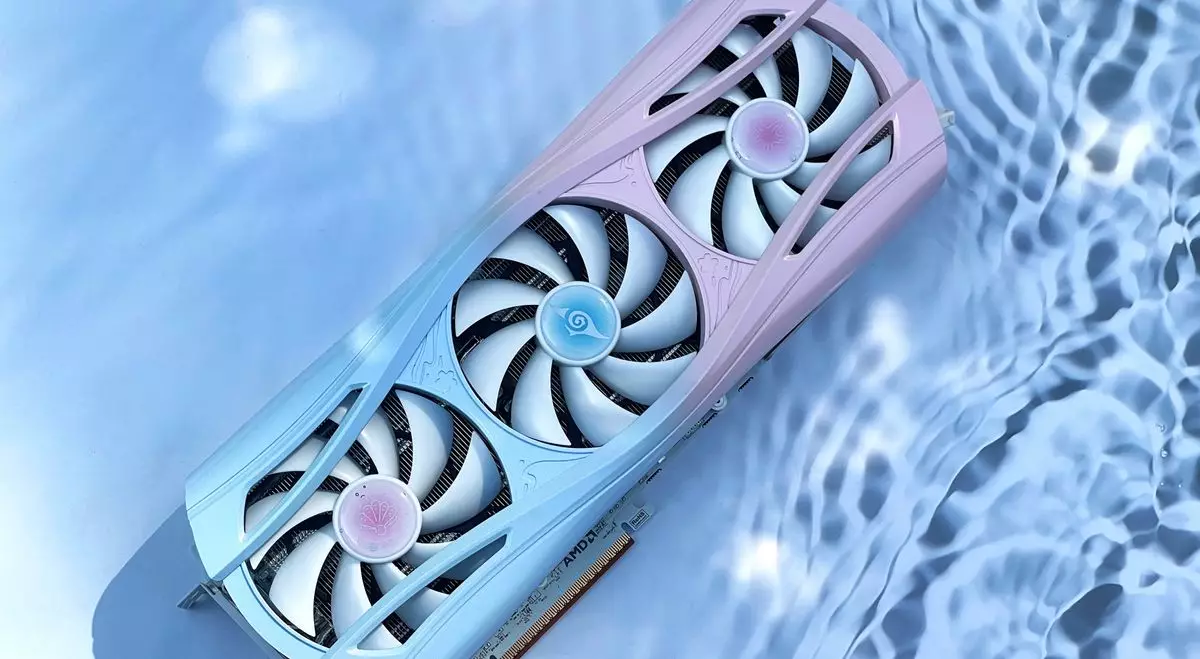AMD recently launched its new Radeon RX 9070 and 9070 XT graphics cards, reigniting excitement in the GPU market. However, this exhilaration quickly surfaced concerns about availability and pricing, reminiscent of previous GPU releases by both AMD and competitors like Nvidia. With many consumers still grappling with inflated prices, the question arises: what can AMD do to ensure that customers can acquire these cards close to their Manufacturer Suggested Retail Price (MSRP)?
In a world where launch hype often overshadows product accessibility, AMD’s David McAfee acknowledged the struggle, stating that “priority number one is restocking all of our partners.” While McAfee’s intentions are clear, the intricacies of the GPU supply chain complicate guarantees of consistent availability and pricing. The overarching situation begs for a reevaluation of how brands handle their products in a hyper-competitive market that is notoriously fickle.
Comparative Insights into Supply Dynamics
The parallels between AMD’s current challenges and the tumultuous GPU landscape over recent years cannot be ignored. Unlike Nvidia’s recent RTX 50-series, which faced dire shortages, AMD’s GPUs have managed to evade catastrophic supply issues—yet they still vanish from shelves faster than anticipated. Chinese graphics card maker Yeston expects a supply rebound post-April, but the urgency for consumers to secure a graphics card remains pervasive.
It is disconcerting to witness robust demand resulting in swift sellouts without sufficiently responsive supply chains. McAfee’s assurance that they are “refilling from what happened last week” doesn’t accurately address how sustained demand can be met. The problem isn’t just one of restocking but of establishing a fluid distribution network that caters effectively to varying consumer needs across different demographics.
AMD’s Balancing Act: Distribution and Pricing Strategies
Delving deeper into the mechanics of GPU distribution, we see that AMD’s role as a supplier introduces an inherent disconnect between demand and availability. While AMD furnishes its chips to third-party manufacturers who then design and market their individual graphics cards, it doesn’t exercise full control over how these products reach retail environments or the pricing strategies employed. Every graphics card manufacturer targets different market segments—some aiming to offer budget-friendly options, while others price premium features.
However, the control AMD relinquished in not commissioning its reference designs this time becomes a vital point of consideration. In an increasingly competitive ecosystem where consumers are desperate to find the best technology without exorbitant markups, leveraging their authority over design and pricing could ensure a more coherent delivery of products that directly benefit the end user.
The evident imbalance between supply and demand reveals a need for manufacturers to not just prioritize restocking but to do so judiciously, understanding regional market dynamics and consumer proclivities. It’s one thing to claim supply will stabilize; it’s entirely another to demonstrate adaptability in responding to consumer needs actively.
The Consumer Perspective: Harga, Availability, and Expectations
As a consumer navigating this tumultuous landscape, it’s imperative to critically assess expectations surrounding the GPU market. The euphoria surrounding the Radeon RX 9070 and 9070 XT launches, alongside McAfee’s encouraging remarks, prompts optimism—but it must be tempered with realism. The notion that consumers in the near future will seamlessly purchase AMD’s offerings online without the anxiety of inflated prices or overwhelming competition feels distant, almost utopian.
The reality is that consumers should rightfully demand better coherence from AMD and its partners regarding realistic timelines for availability and pricing. Will July usher in a new standard where average gamers can find reasonably priced options like the RX 9070 on ecommerce platforms? Given the historical trajectory of GPU pricing and availability, such optimism should be approached with cautious skepticism.
Strategies for Future Success
If AMD aspires to solidify its position as both an innovator and a consumer-centric company, a multi-faceted approach may be warranted. Engaging in transparent communications about supply chain challenges, offering regular updates on production timelines, and exploring innovative pricing models can enhance customer relations and loyalty. Furthermore, forging closer partnerships with retailers to better manage stock levels could help prevent the perennial cycle of rushes and shortages.
Ultimately, the fate of the RX 9070 series will hinge less on McAfee’s good intentions and more on tangible actions that prioritize consumer satisfaction. The GPU market isn’t just about cutting-edge technology; it’s about ensuring that this technology is accessible and priced appropriately for those who fuel its continual evolution—gamers, creators, and tech enthusiasts alike.

